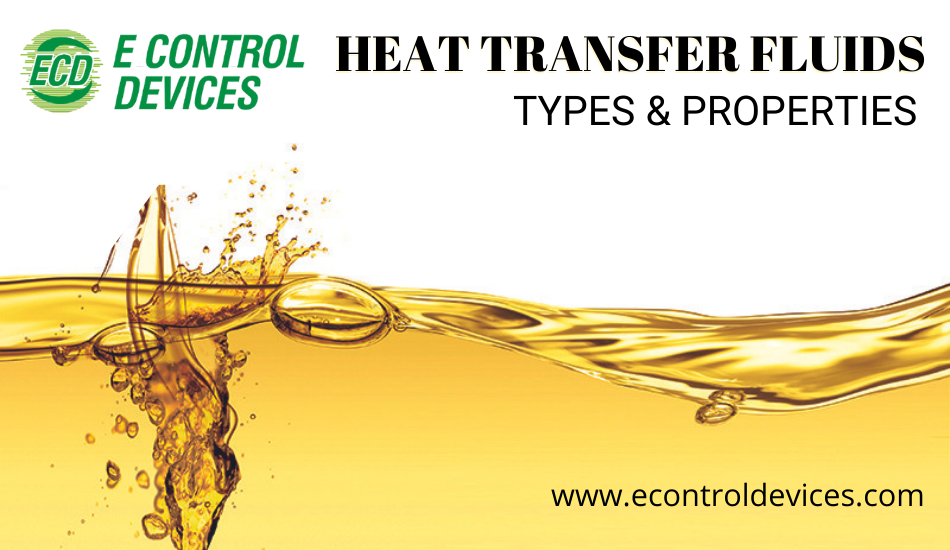Exactly How to Securely Handle and Take Care Of Used Heat Transfer Fluid
How Warmth Transfer Liquid Adds to Sustainable and Affordable Operations
In the modern-day industrial landscape, the duty of warm transfer fluids (HTFs) in advertising sustainable and inexpensive operations can not be overemphasized. These fluids are crucial in enhancing thermal management systems, therefore considerably enhancing power efficiency and lowering operational prices. Furthermore, the environmental benefits of innovative HTFs, with their high thermal stability and reduced toxicity, are obvious. They not just extend system durability but likewise contribute to the reduction of harmful discharges. Yet, the real potential of HTFs is recognized via the precise choice procedure, making sure compatibility and safety and security. What elements should guide this important selection?
Understanding Heat Transfer Fluids
In the realm of thermal management, warmth transfer fluids (HTFs) offer as important agents for moving thermal power from one location to another. These fluids play a critical role in various commercial applications, consisting of chemical handling, power generation, and cooling and heating systems. HTFs are especially crafted to operate within a large range of temperatures, efficiently facilitating the transfer of heat while maintaining a secure thermal account. Their capacity to function under extreme problems-- whether high temperature levels or cryogenic degrees-- makes them important in settings demanding accurate thermal control.
The structure of heat transfer fluids can differ substantially, including alternatives such as mineral oils, synthetic oils, glycols, and molten salts. Each kind uses distinct benefits, such as enhanced thermal security, low thickness, and high boiling points, which are selected based upon certain operational demands. The choice of HTF influences not just the efficiency of heat transfer but likewise the longevity and safety of the system in which it is employed.
As sectors remain to innovate, the growth of sophisticated HTFs, identified by their boosted thermal conductivity and decreased environmental influence, is vital for fulfilling the demands of modern thermal administration challenges.

Enhancing Energy Performance

Improving power efficiency has come to be an extremely important problem throughout numerous sectors, motivating a more detailed assessment of warm transfer fluids' function in enhancing thermal management systems. These fluids are important to keeping the preferred temperature level in procedures, therefore minimizing energy waste and boosting overall system performance. By selecting a proper warmth transfer liquid, industries can significantly improve their power performance, leading to lowered power intake.

Advanced solutions of heat transfer liquids have been developed to stand up to extreme temperature levels while keeping stability and performance. These innovations prolong the operational life-span of the fluid, decreasing the regularity of substitutes and energy-intensive maintenance tasks. Moreover, the use of artificial or bio-based fluids offers added advantages in terms of lowered ecological effect, aligning with international sustainability objectives. Boosting energy performance through optimum warm transfer fluid selection is not just a technological necessity however additionally an environmental important.
Decreasing Functional Costs
Functional expenses are a significant factor to consider for sectors seeking to preserve competitive benefit, and the selection of warm transfer fluid plays a vital role in price management. Selecting an appropriate heat transfer fluid can result in considerable expense savings click this site by enhancing system effectiveness and decreasing power usage. High-performance fluids lessen thermal degradation, which in turn lowers the regularity of fluid replacement and downtime connected with upkeep, thus reducing operational expenses.
In addition, warmth transfer fluids with premium thermal stability and deterioration resistance extend the life-span of tools. This decreases the need for regular repair work and replacements, which can be pricey and disruptive to procedures. By buying premium liquids, industries can achieve long-term decreases in upkeep prices and improve the reliability of their systems.
Additionally, progressed warmth transfer fluids often exhibit reduced thickness at operating temperatures, which improves pump efficiency and lowers power usage in fluid flow. Several modern heat transfer fluids are engineered to run properly over a wide temperature range, minimizing the requirement for numerous liquid kinds, thus enhancing supply requirements and minimizing linked costs.
Environmental Influence Decrease
The push in the direction of decreasing ecological effect has actually acquired momentum in industries leveraging heat transfer fluids. Companies are progressively acknowledging the value of lessening environmental footprints by embracing sustainable practices. Heat transfer fluids (HTFs) play a vital function in this shift, using possibilities to boost power performance and minimize exhausts. By picking HTFs with high thermal security and reduced poisoning, industries can ensure very little leakage and destruction, hence minimizing damaging ecological launches.
Furthermore, making use of sophisticated heat transfer liquids contributes to better system effectiveness, reducing the general energy click over here intake. This reduction not just results in price savings however additionally reduces carbon dioxide exhausts, helping in the battle versus climate change. Liquids that are naturally degradable and recyclable further improve sustainability initiatives, as they reduce waste and promote circular economy techniques.
Furthermore, integrating HTFs right into closed-loop systems avoids fluid loss and contamination of the surrounding setting. This method makes certain that fluids are reused, lowering the demand for new sources and restricting waste generation. By accepting these eco mindful strategies, markets can dramatically reduce their ecological effect while maintaining high operational performance, lining up with global sustainability objectives and governing needs.
Selecting the Right HTF
Picking the suitable warm transfer fluid (HTF) is an important action in progressing environmental sustainability within industrial processes - heat transfer fluid. A suitable HTF must have a high thermal capability, low viscosity, and high thermal conductivity to make certain reliable warm transfer.
When selecting an HTF, it is important to consider its compatibility with system materials to avoid corrosion and chain reaction. This makes sure durability and decreases maintenance prices. Moreover, the fluid ought to be non-toxic and biodegradable, reducing its ecological footprint why not check here and guaranteeing conformity with ecological guidelines. The lifecycle cost of the HTF, incorporating procurement, procedure, and disposal, need to also be reviewed to make certain financial expediency.
Verdict
